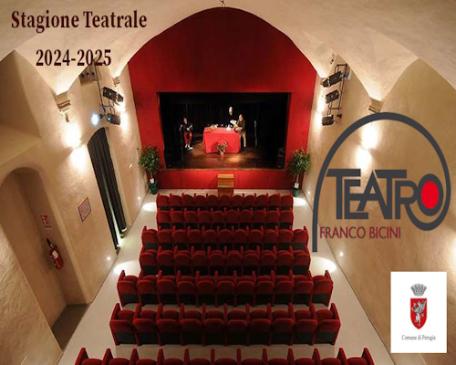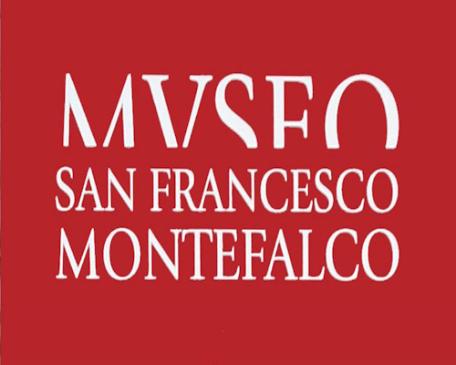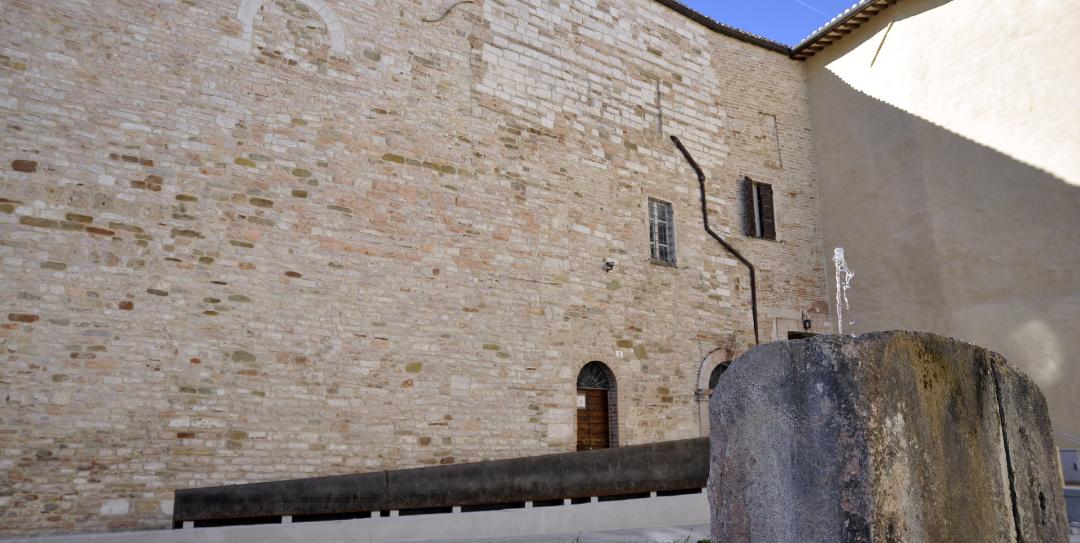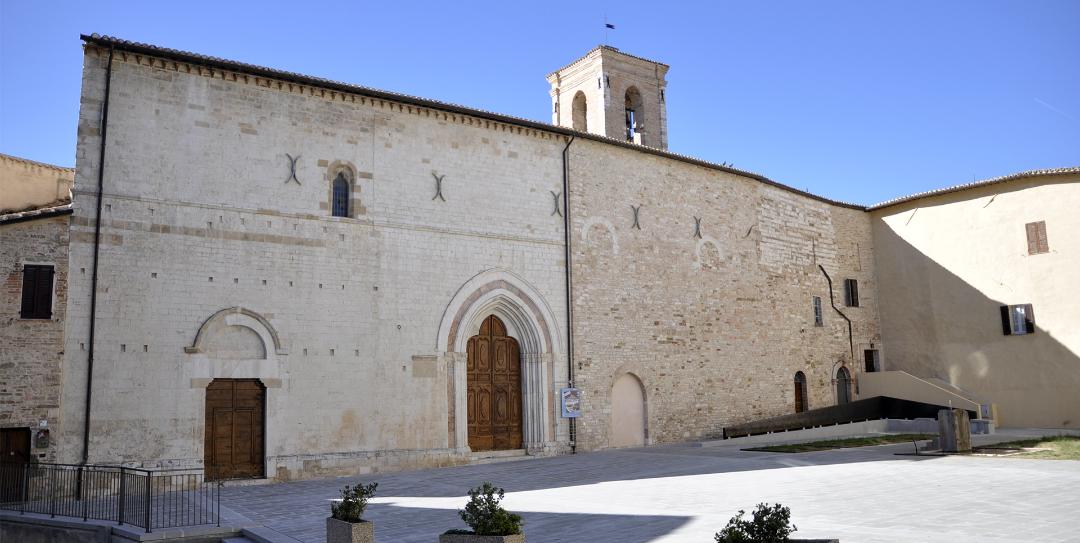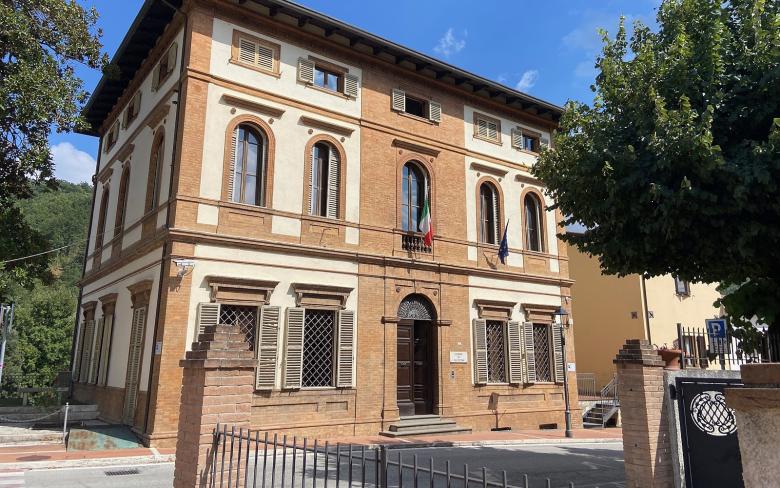The interior contains a series of frescoes by Matteo da Gualdo and local painters, more frescos dating back to the fourteenth to the sixteenth century are the remaining walls of the Church. There are many art works from a variety of Umbrian Churches and numerous archaeological finds. The original layout of the Church of San Francis dates back to the fourteenth century, when Pope John XXII granted the Franciscans permission to build a convent in the city. They chose to occupy and expand later a small oratory located in Piazza del Comune (as it was called at that time).
The first extension works were definitely made by the end of the century, as evidenced by a plaque placed on the left of the Gothic portal. The work probably led to a different orientation of the church (with the altar to the north) and it was expanded to about twice the size of the previous structure. Throughout the fifteenth century works inside the ecclesiastical building was carried out, thanks to many donations by the inhabitants of Nocera Umbra.
In 1494 a further major restructuring began, including the raising of the wall towards the square and the construction of the interior arches. In 1500 the square bell tower with four windows was built to the left of the apse. The Church was the site of the Franciscan order until the Napoleonic suppression (1809) and the public concession of property belonging to the Papal State. In 1914 the Superintendent of Umbria Monuments launched a project to transform the building, which had fallen into poor condition, into a picture gallery. The beginning of the war put an end to the initiative and the Church continued its decline through the first half of the century. Finally, in the 50s the Art Gallery was built and became accessible, but by1979 it already needed to be reinforced and so was closed. The necessary work began in 1981 and in 1996 it was finally reopened, allowing the public to admire significant works of art of Umbrian cultural heritage.


















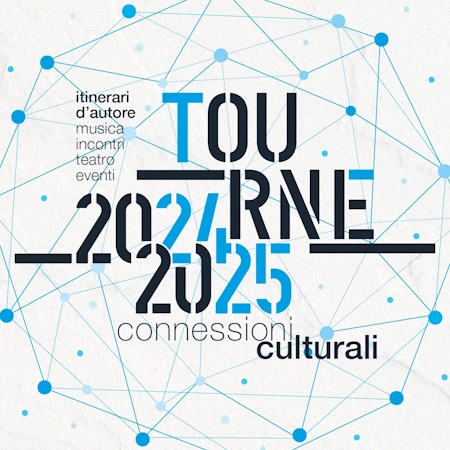
.jpg/0a2a3636-f203-e2b2-0d37-d8842262bd6d?width=456)

